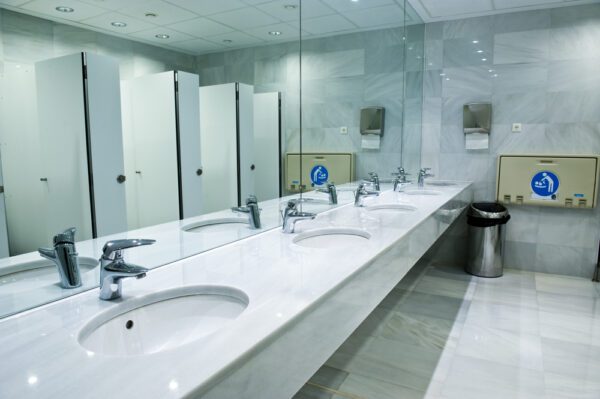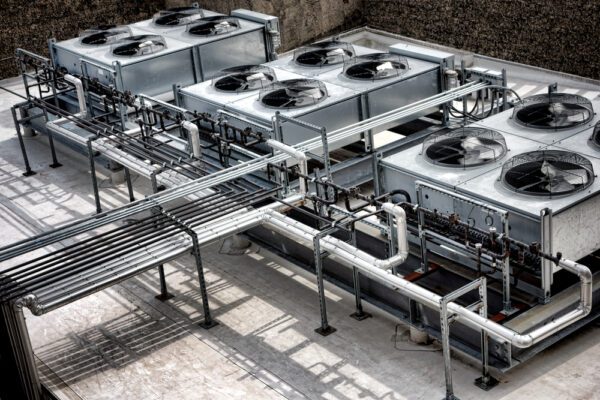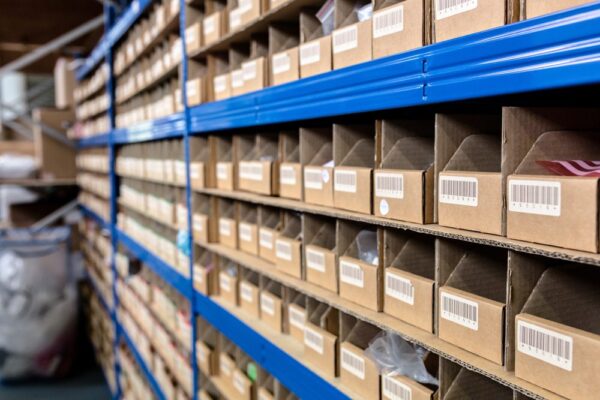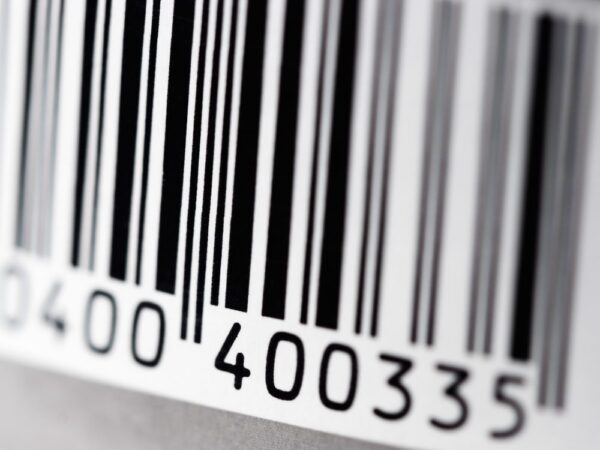
Implementing a computerized maintenance management system (CMMS) is a major accomplishment, but the work doesn’t stop there. The real challenge begins after go-live. Once the software is in place, organizations must shift their focus from implementation to sustained success and continuous improvement. Without a post-implementation strategy in place, operations can easily revert back to the way they were and cause the system’s value to decline.
This article shares some common CMMS best practices for long-term use, focusing on post-implementation activities that keep your maintenance operations aligned with business goals. Whether you’ve just completed implementation or have been using your CMMS for years, these practices will help you maximize your CMMS return on investment (ROI).
| This article is part of a series of articles related to maintenance management best practices. Read our other best practice articles: |
Post-Implementation CMMS Best Practices
Once your CMMS is up and running, the focus shifts to maintaining momentum. Post-implementation best practices help ensure your organization continues to see value from its investment over time. These practices center on maintaining data quality, strengthening user engagement, and adapting the system as your operations evolve. The following sections outline key activities that promote long-term CMMS success.
Maintain Accurate and Complete Data
In our article, Best Practices for Preparing Maintenance Data Before CMMS Migration, we highlight the importance of establishing good data entry practices such as:
- Standardizing record names through an asset naming convention
- Configuring required fields and accepted data types
- Training employees on data entry policies
To maintain the integrity of your maintenance data, conduct regular audits of asset records, work orders, inventory, and other key data. Choose a specific area of the software and spot-check 10-15 records for accuracy and completeness. If you encounter errors, correct them, fill in missing details, and validate any related historical records.
Use these opportunities to remind staff of proper data entry requirements, using real examples so the impacts of bad maintenance data are clear. For example, incomplete or missing service history can lead to inaccurate maintenance strategies or misguided repair vs. replace decisions.
Refine Workflows and Processes
It’s common for expectations set during implementation to change once the CMMS is being regularly used. As technicians become more comfortable with the system, they often uncover workflows that don’t align with how maintenance tasks are actually performed. Encourage user feedback and use it as an opportunity to review and adjust your process. After all, your CMMS should enable technicians, not slow them down.
Over time, you may also find that certain operations remain too manual or that advanced system features could streamline work. Regularly evaluate your current process alongside the software’s configuration options to identify areas for automation, eliminate redundant steps, or simplify recurring tasks.
With more maintenance data at your fingertips, you can reexamine your maintenance strategy and fine-tune your master plan. Review work order history, failure trends, and asset performance to align tasks and preventive maintenance (PM) schedules with real-world maintenance needs. For example, you may be able to reduce inspections on equipment that rarely fails, or increase proactive maintenance on assets with frequent failures.
Use Reporting and Analytics Strategically
A CMMS automatically collects data about assets and maintenance operations, providing a reliable dataset from which you can analyze performance and identify trends. Regularly running KPI reports such as Mean Time to Repair (MTTR), Mean Time Between Failures (MTBF), and estimated backlog helps you make informed decisions about maintenance schedules, resource allocation, and budgeting.
Beyond standard reports and data views, dashboards allow you to visualize key metrics at a glance and highlight areas that require immediate attention. Using reporting and analytics strategically ensures your CMMS drives continuous improvement and maximizes operational efficiency.
Continuous Training and Power User Support
User training is not a one-time event. Plan to conduct ongoing training to support new hires, team members who missed the initial launch, and refresher training for experienced users.
Power users also play a critical role in sustaining efficiency and maximizing the value of your CMMS. Advanced training equips them to configure the system effectively, troubleshoot errors, guide other users, and reinforce best practices. Their ongoing support keeps your CMMS running smoothly and helps maintain a culture of accountability and competence. Learn more about the role of power users in our article, The Role of Power Users in a Successful CMMS Implementation.
Post-Implementation Support Plan
After the CMMS is implemented, the mindset should not be to “set it and forget it.” Having a post-implementation support plan ensures your software continues to function smoothly and your team can quickly resolve issues. Include system updates, hardware and software upgrades, and vendor support as part of this plan to stay current with the latest features and improvements.
It’s also helpful to maintain a checklist or calendar for recurring CMMS maintenance tasks, such as data backups, system testing and CMMS software validation, and new feature launches. Scheduling these activities regularly helps you reduce unexpected system downtime and makes it easier to adopt new functionality as it becomes available.
Continuous Improvement and ROI
To deliver maximum value, a CMMS must evolve alongside your maintenance operations. Regularly review long-term trends, such as in work order history, asset performance, and downtime, to optimize and refine your maintenance strategy. Through this analysis, you can identify opportunities to reduce unplanned downtime, improve preventive maintenance schedules, or increase maintenance effectiveness and ensure a positive CMMS ROI.
Achieve Long-Term CMMS Success with FTMaintenance Select
CMMS implementation is just one step of the process. Sustaining success requires ongoing attention and following post-implementation best practices. FTMaintenance Select is designed to support your long-term success by providing a user-friendly, yet robust platform for managing work orders, preventive maintenance, assets, and more. Request a demo of FTMaintenance Select to see how it can help you maximize your CMMS investment and achieve long-lasting operational efficiency.












Recent Comments